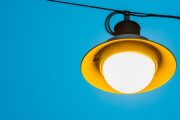How to Achieve High Light Effect
The light efficiency of semiconductor lighting, or energy efficiency, is an important indicator of energy-saving effect. At present, the industrialization level of light efficiency of LED devices can reach 120-200lm/W, and the total energy efficiency of lighting lamps can be greater than 150lm/W.
This is still not high, the energy-saving effect is not obvious, and there is still a long way to go from the theoretical value of 250lm/W of luminous efficiency of semiconductor devices. To truly achieve high luminous efficiency, related technical problems must be solved from all aspects of the industrial chain. The main purpose is to improve internal quantum efficiency, external quantum efficiency, encapsulation light efficiency and lamp efficiency. This article will discuss the technical problems to be solved in several links such as epitaxy, chips, packaging, and lamps.
1. Improve internal quantum efficiency and external quantum efficiency
Mainly take the following measures to improve the internal quantum efficiency and external quantum efficiency.
(1) Substrate surface roughening and non-polar substrates
Nano-scale patterned substrates, orientation patterned substrates or non-polar and semi-polar substrates are used to grow GaN to reduce dislocation and defect density and the influence of polar fields, and to improve internal quantum efficiency.
(2) Generalized homogeneous substrate
GaN was grown on Al2O3 sapphire substrate by HVPE (Hydride Liquid Phase Epitaxy) as a hybrid homogeneous substrate GaN/Al2O3. Epitaxial growth of GaN on this basis can greatly reduce dislocations. The density reaches 106~107cm-2, and greatly improves the internal quantum efficiency.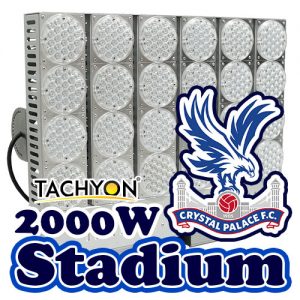
(3) Improved quantum well structure
Control the change mode and amount of In composition, optimize the quantum well structure to improve the probability of electron and hole overlap, increase the probability of radiation recombination, and adjust the transport of non-equilibrium carriers, etc., to improve the internal quantum efficiency.
(4) Chips with new structure
The adoption of the new structure requires the chip to emit light from six sides. On the chip interface, a new technology is used to carry out various surface roughening methods to reduce the reflection probability of photons on the chip interface and increase the surface transmittance to improve the external quantum efficiency of the chip.
2. Improve package light extraction efficiency and reduce junction temperature
(1) Phosphor efficiency and coating process
The photoexcitation efficiency of phosphors is not high at present, the yellow powder can reach about 70%, and the efficiency of red and green powders is low, which needs to be further improved. In addition, the coating process of the phosphor is very important. It has been reported that the phosphor powder with a thickness of 60 microns is evenly coated on the chip surface, and the excitation efficiency is high.
(2) COB package
At present, the light source of semiconductor lighting adopts various forms of COB packages, and it is imperative to improve the light extraction efficiency of COB packages. There are reports that the second generation (some called the third generation) COB matrix structure package, the light efficiency can reach more than 120lm/W. If a flip-chip and hexahedral light-emitting body is used for total reflection, the light efficiency can reach more than 160lm/W.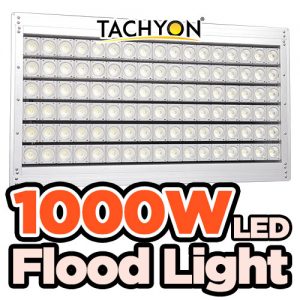
(3) Lower junction temperature
According to relevant reports, the luminous amount when the junction temperature is 25°C is set to 100%. When the junction temperature rises to 60°C, its luminous output is only 90%, and when it rises to 140°C, it is only 70%. Therefore, it is necessary to increase heat dissipation measures during packaging to maintain a low junction temperature and maintain a high luminous efficiency.
3. Improve the light extraction efficiency of lamps
The efficiency of different LED lamps varies greatly. Generally, the efficiency of LED lamps is greater than 80%, and some can be greater than 90%. According to the characteristics of the LED light source and different applications, fine secondary optical design of the lamps should be carried out. It is also necessary to consider the heat dissipation and glare of lamps and lanterns to improve the light extraction efficiency of LED lamps.
Achieve High Color Rendering
What the white light involves
There are many light and color quality contents of white LEDs, including color temperature, color rendering, light color fidelity, light color naturalness, color recognition, visual comfort, etc.
The US SSL plan proposes that the spectral distribution of LED lighting products should be similar to that of sunlight. It is very difficult to meet the above requirements, and a lot of basic research work needs to be done, which will definitely be realized in the future.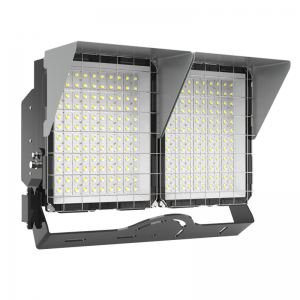
Here we only discuss the issues of color temperature and color rendering that urgently need to be solved. The US Energy Star standard stipulates that the color rendering index CRI of indoor lighting is greater than or equal to 80. However, in some high-end applications, CRI ≥ 90 is required. Making a high color rendering LED light source will lose more light efficiency. Therefore, in the design to take care of these two factors.
CRI Evaluation Questions
It is necessary to explain the evaluation of the color rendering index CRI. The conclusion of CIE (TC1-62) Technical Report 177: “CIE’s CRI is not suitable for expressing the color rendering range of white LED light sources”.
There are many correction methods proposed for CRI calibration, such as CQS color quality, GAI full color gamut index, RF Fluttery index, CPI color preference index, CDI color resolution index and so on. The decision on which amendment to be adopted by the CIE is currently undecided.
American NIST (National Institute of Standards) proposed to use CQS to evaluate the quality of light source color. Expand the test samples to 15, including some samples with high color saturation. This is much better, and many people agree.
Ways to improve color rendering
To improve color rendering, in principle, the combination of RGB three primary colors should be considered. There are currently three ways.
(1) Multi-primary phosphors
The LED light source adopts LED blue light chip plus aluminate yellow powder and nitride red powder and green powder to form LED white light, and its color rendering index CRI can reach 80-90. According to relevant reports, if an effective combination of RGBY phosphors is used, its CRI can reach 98.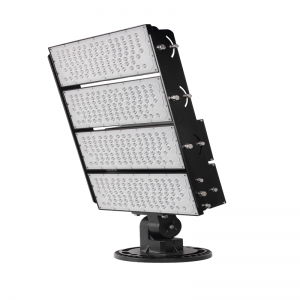
(2) RGB multi-chip combination
The LED white light with the effective combination of RGB multi-chips has a color rendering index (CRI) of 80 to 90. It may be rarely used due to factors such as driving methods and costs.
(3) Phosphor plus chip
The LED light source adopts blue light chip, aluminate yellow powder and red chip, which effectively combines LED white light. Its color rendering index can reach more than 80, the light efficiency is high, and the cost is acceptable. It is the most commonly used combination.
Increased Reliability
The reliability, failure rate, lifespan and other indicators of LED devices and light sources (lamps) have different understandings and descriptions in practical applications, and it is necessary to make some explanations.
1. Reliability
Reliability refers to the ability of a product to perform a specified function under specified conditions and within a specified time. The LED failure categories mainly include severe failure (referring to the change of key parameters until the LED does not light up) and parameter failure (referring to the change of photoelectric parameters from the initial value to a certain limit).
The failure curve includes early failure (high failure rate at the beginning of service and then a rapid decline), occasional failure (low failure rate, but very stable), and wear failure (the wear loss continues to increase with time of use).
2. Lifespan
Life is a characteristic value of product reliability. Due to the different meanings of the various lifespans stipulated by the product, it is easy to cause confusion.
There are many descriptions of life, among which the common expressions of LED life are: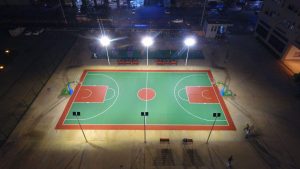
Lifespan: generally refers to the statistical average. For a large number of components, the lifetime of the LED device is what this description means.
Working life: refers to the effective working time of LED products, which is different from the general life.
Median life: The time when 50% of lamps (light sources) have their luminous flux decreased to a certain value (such as 70% of the initial value) is defined as the median life L70/B50. The standard for some lighting fixtures is expressed in terms of median life.
Luminous maintenance life: The time when the luminous flux of the light-emitting device (LED) or lamp (light source) drops to a certain value is called the luminous maintenance life (the change of color parameters is not considered at this time).
(To Be Continued)





